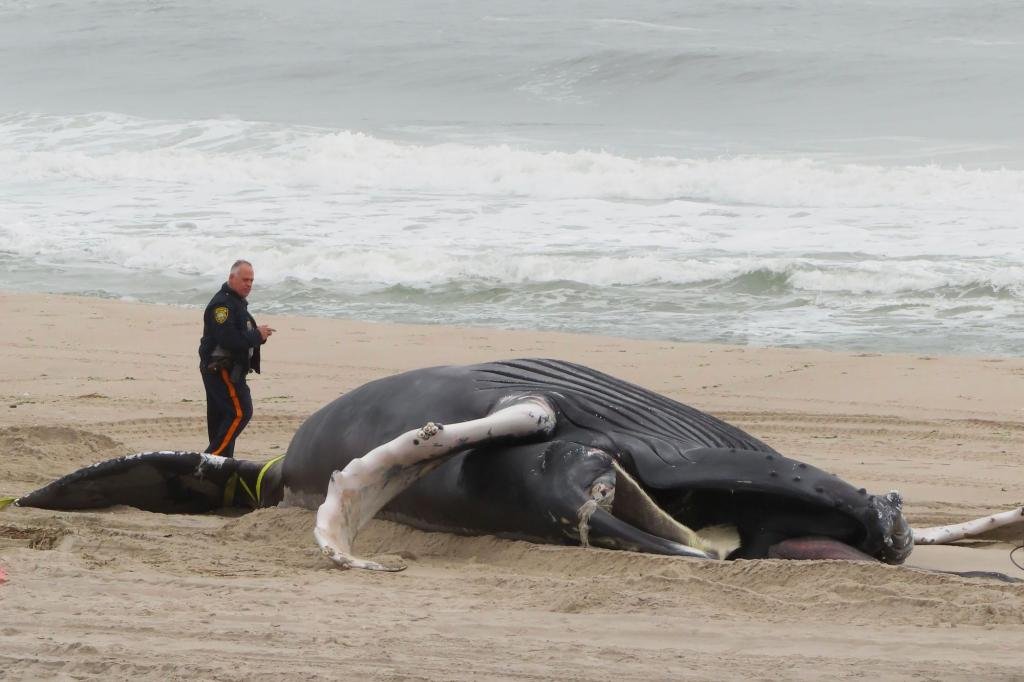Producers of Child Sexual Abuse Material Are Systematically Coming After Our Children

Commentary
Kids love social media—and frighteningly, so do sexual predators. One in nine young people have been approached online by one of these 500,000 dangerous criminals who are on these platforms daily. Digital social platforms enable the two to interact, while the child often believes they’re connecting with a peer, resulting in devastating consequences for millions of children who end up sexually exploited and featured in child sexual abuse material (CSAM).
While the term child pornography is still commonly used by the public, it’s more accurate to call it what it is: child sexual abuse. Commercial sexual abuse material, or CSAM, is any visual, textual, and audible depictions or production of explicit or inferred child sexual assault and exploitation. Searching for, viewing, creating, and sharing this content is illegal and places minors in extreme danger. Reports of CSAM online have increased an alarming 15,000 percent over the last 15 years.
While some of the pornographic content online portrays adults who may appear to have consented to being filmed, that’s never the case when the images depict children (it’s also not the case for many adults). Just as kids can’t legally consent to sex, they can’t consent to having explicit images of themselves recorded and distributed—this is a prime example of sex trafficking. Every time this occurs, the child has been a victim of sexual abuse and exploitation. The child was forced, manipulated, or groomed to participate, or it was the result of sextortion, when a child has been threatened and coerced into sending explicit images online. Sextortion is an increasing threat to children.
Parents and other advocates for the safeguarding of children must call on companies involved in social media platforms and content storage to do their part in ridding the internet of this kind of content that poses such an enormous threat to our kids. We’re fighting for our children, our grandchildren, and our future generations. Studies have shown direct links between the use of social media and depression, the sexualization of children, eating disorders, anxiety, and suicidal ideation. If we take action, in less than a decade, everything could be different.
The startling reality is that the social media platforms we use every day to connect and share information with others, including online gaming and text messaging, are now being used to broadly collect and distribute CSAM, most of which goes unmonitored and unaddressed. In 2022 alone, almost 32 million reports of suspected child sexual exploitation were reported by online platforms to the National Center for Missing and Exploited Children’s CyberTipline, and that number is growing. Those 32 million reports included 87.1 million images and videos of CSAM, most of which were circulated via social media.
Tech companies are legally required to report CSAM when they discover it, but not to proactively look for it. In August 2021, Apple announced a plan to scan photos that users stored in iCloud for CSAM. The tool was meant to be privacy-preserving and allow the company to flag potentially problematic and abusive content without revealing anything else. To some, the initiative was controversial, and it soon drew widespread criticism from privacy and security researchers and digital rights groups who were concerned that the surveillance capability itself could be abused to undermine the privacy and security of iCloud users around the world.
In September 2021, Apple said it would pause the rollout of the feature to “collect input and make improvements before releasing these critically important child safety features.” Since then, the company said that in response to the feedback and guidance it received, the CSAM-detection tool for iCloud photos is effectively dead.
This isn’t acceptable. The quickest way to derail a child’s destiny is to rob them of their identity, innocence, and capacity to love and be loved. Teens and young children who are introduced to this content early become desensitized to it and confused as to what’s appropriate. It’s dismantling their ability for intimacy and a healthy family.
When today’s parents were kids, access to porn was a Playboy magazine you found hidden in the garage. Today, children are given digital devices that come pre-loaded with obscene sexual content. It’s anything but intimate. Their neural pathways are quite literally being re-programmed by the imprint left in their mind from an onslaught of hardcore, often violent, always abusive, pornography.
Our children and grandchildren are being groomed for exploitation. Social media culture is sexualizing our kids to the point that little girls have begun posting nudes as early as 7 years old. They’re being robbed of the ability to truly understand intimacy, how to love and be loved, how to be hugged and held and kissed and enjoy the sacredness of marriage. This is one of the reasons our organization, The Foundation United, has developed resources like SPEAK UP and REAL TALK—programs to prevent grooming and trafficking before it happens.
Are we going to stand by and let this happen? We must boldly stand up to the companies who control these online platforms and tell them this is unacceptable. There’s nothing more important than protecting our children.
Views expressed in this article are the opinions of the author and do not necessarily reflect the views of The Epoch Times.




